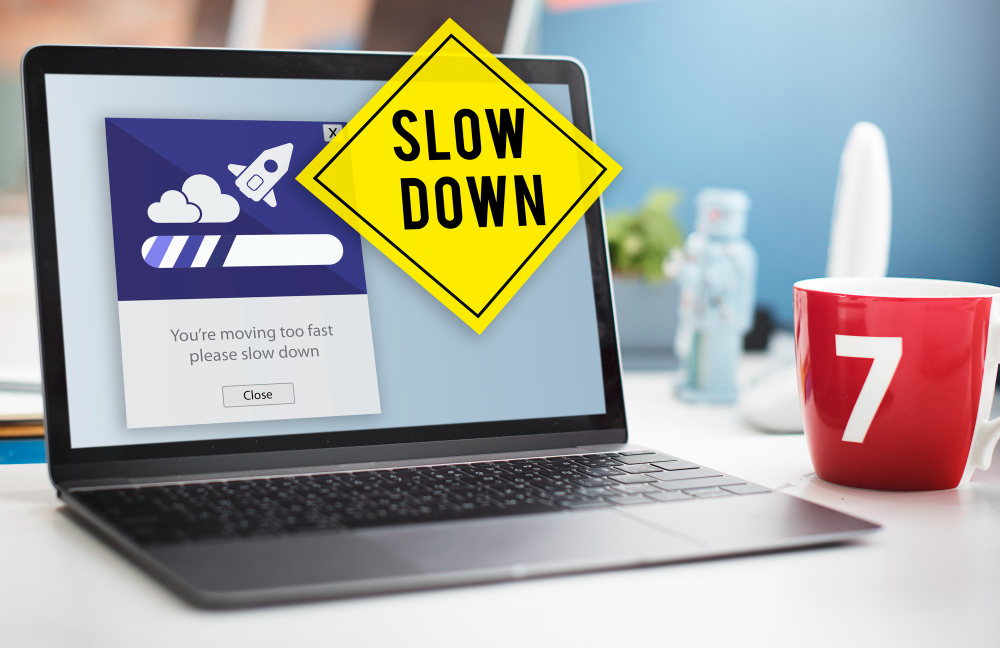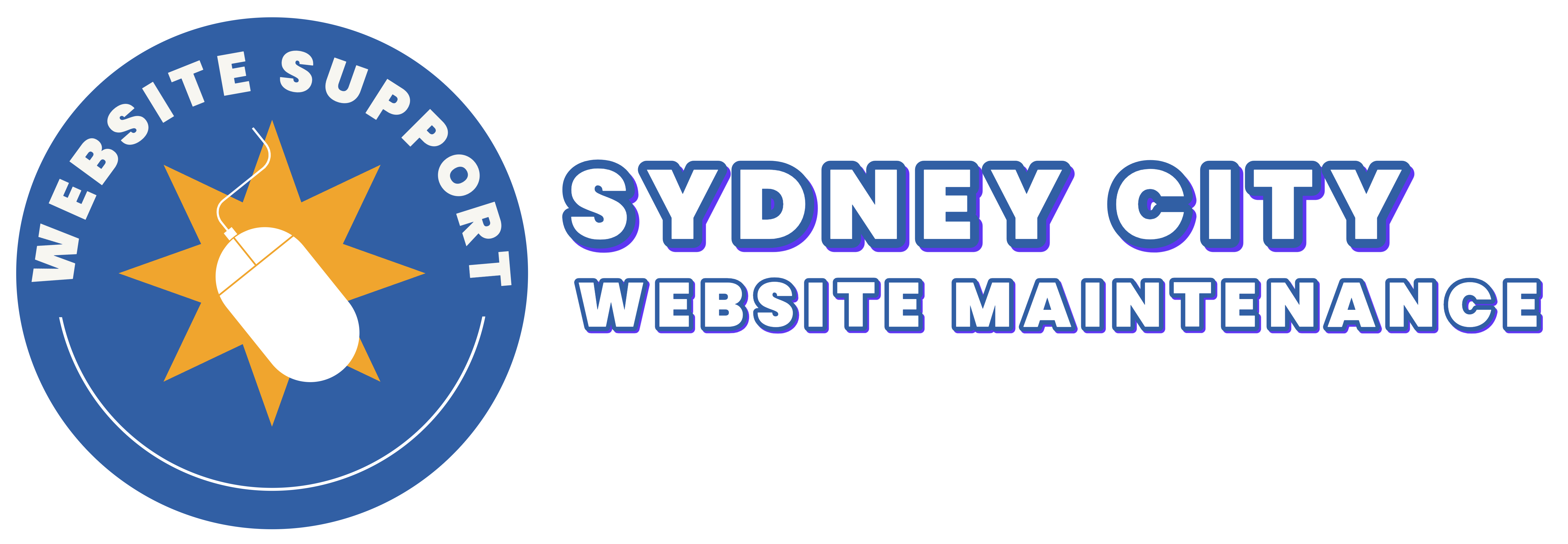Website Down? Quick Fixes & Troubleshooting Tips
When your website goes down, it can be frustrating and stressful, especially if it affects your business or visitors. A sudden outage might be due to server issues, domain problems, or even a small configuration error. The good news? Most website downtime problems have simple fixes. Instead of panicking, the first step is to identify the cause—whether it’s hosting-related, a DNS issue, or something else entirely.
In this guide, we’ll walk you through quick troubleshooting steps to get your site back up and running. From checking your hosting provider to clearing your cache and testing your domain, we’ll cover practical solutions you can try right away. Let’s dive into the common reasons for website downtime and how to fix them fast.
Website Down Quick Ways to Identify and Fix Issues
A website going offline can be frustrating, especially if you rely on it for business. The first step is to determine whether it’s a widespread issue or just affecting you. Start by checking your internet connection, refreshing the page, and trying a different browser. If the issue persists, use tools like DownDetector or IsItDownRightNow to confirm if others are experiencing the same problem. Sometimes, the issue is related to your hosting provider, so logging into your account to check for server outages is a good idea.
If your hosting provider isn’t reporting issues, dig deeper by checking your domain status, clearing your cache, or disabling recent plugins if you’re using a CMS like WordPress. Incorrect DNS settings or expired domain names can also cause downtime. If nothing seems to work, contact your hosting support for further troubleshooting. Regular maintenance, security updates, and backups can prevent these problems in the future.
Common Website Problems and How to Troubleshoot Fast

Many website outages stem from simple yet overlooked issues. A misconfigured SSL certificate, an overloaded server, or a problematic plugin can bring your site down unexpectedly. If you recently made changes, such as updating software or installing new extensions, consider rolling them back to see if that restores functionality. Additionally, server errors like 500 Internal Server Error or 403 Forbidden might point to permission settings or corrupted files that need fixing.
To troubleshoot, check your hosting provider’s status page for outages, test your website on different networks, and inspect error logs for clues. If a plugin or theme is causing conflicts, deactivate them one by one. Keeping your website updated, monitoring uptime, and having a reliable backup strategy can minimize downtime and keep your site running smoothly.
Another simple way to speed up your website is by reducing HTTP requests. Every element on a page—images, scripts, and stylesheets—adds to the loading time. Minimizing unnecessary elements and combining CSS or JavaScript files can make a significant difference. Enabling lazy loading, which loads images only when needed, also helps. These small yet powerful changes can transform a sluggish site into a fast and efficient one.
Simple Fixes When Your Website Suddenly Goes Offline
A website that suddenly stops working might be facing minor technical glitches or server problems. Before assuming the worst, try refreshing the page, clearing your browser cache, and testing it on another device. If the issue persists, check if your hosting provider is experiencing downtime. Sometimes, a simple restart of your web hosting services can resolve the problem instantly.
If your site is still down, look into your domain and DNS settings, as incorrect configurations can prevent users from accessing it. Also, verify if your SSL certificate is active, as expired certificates can block secure connections. If you recently installed a plugin or updated software, disable recent changes to see if they caused the issue. When in doubt, contact your web host for support and guidance.
Website Downtime Easy Steps to Get Back Online
When your website is down, time is of the essence, especially if it’s crucial for your business. The first step is to diagnose the problem by testing your site on different networks and devices. A quick way to check if the issue is widespread is by using an online site checker. If your website is only down for you, it could be a browser or caching issue. However, if it’s down for everyone, you’ll need to dig deeper.
Start by checking with your hosting provider to see if they are experiencing server outages. If your hosting is fine, check your domain status, SSL certificate, and DNS records. If you run a WordPress site, deactivate plugins and themes that might be causing conflicts. Keeping regular backups ensures you can quickly restore your site if needed.
Troubleshooting Website Issues Fast Solutions That Work
When your website goes offline, troubleshooting should be done methodically. First, determine whether the problem is local or widespread by using online tools like DownDetector. If the issue is not on the hosting provider’s end, inspect your website’s error logs for possible clues. Server errors, database issues, or even malware attacks can take your site offline unexpectedly.
Try accessing your site from a different browser or clearing your cache to eliminate temporary issues. If you suspect a plugin or theme conflict, deactivate them to see if your site comes back online. For more complex issues like server overload or incorrect file permissions, your hosting provider’s support team can provide guidance. Routine website maintenance and monitoring can help prevent sudden downtime.
Why Your Website is Down and What You Can Do Now
If your website is down, the first thing to do is determine whether the issue is on your end or the server’s. A quick way to check is by using a status checker tool or trying to access your site from different devices. If your hosting provider is experiencing downtime, you may have to wait for them to fix it. However, if the issue is on your end, you’ll need to troubleshoot.
Check your domain renewal status, as expired domains can cause sudden downtime. Review your DNS settings, SSL certificate, and any recent changes to your website. If you use WordPress, disabling plugins or switching to a default theme might resolve conflicts. Keeping backups and monitoring uptime ensures minimal disruption when issues arise.
Website Not Working Follow These Quick Fix Methods
A non-responsive website can stem from various issues, including hosting failures, DNS errors, or software conflicts. Before making assumptions, check if your internet connection is stable and test your website from multiple devices. If your hosting provider is down, you may have to wait until service is restored. Otherwise, a manual fix may be required.
Start by checking your domain expiration, SSL certificate validity, and DNS records. If your site runs on WordPress or another CMS, disable recent plugins or switch to a default theme to rule out conflicts. Server-side issues like database errors or file permission problems may require assistance from your hosting provider. Routine maintenance and security updates help prevent unexpected downtime.
How to Fix a Down Website Without Wasting Time
A down website can lead to lost traffic and revenue, so acting fast is essential. First, confirm whether the problem is widespread by checking your site on multiple devices and using a status checker tool. If the issue seems isolated, clear your cache, restart your router, or try another browser to rule out local problems. If your site is still down, move on to deeper troubleshooting.
Log into your hosting account to check for service outages, expired domains, or misconfigured DNS settings. If everything looks fine, disable plugins or custom themes that could be causing conflicts. For database errors, running a repair tool through your hosting control panel may help. Regular backups and monitoring services keep your website protected from unexpected failures.
Conclusion
Keeping your website up and running is crucial, whether you’re running a business, a blog, or an online store. Downtime can be frustrating, but with the right troubleshooting steps, you can often fix the issue quickly. Regular maintenance, security updates, and monitoring tools can help prevent unexpected outages, saving you time and stress in the long run. When problems arise, acting fast and knowing where to check first makes all the difference.
If your website is down and you need expert help, Sydney City Website Maintenance is here to assist. Based in Sydney, NSW, we specialize in website troubleshooting, server issues, and ongoing maintenance. Get in touch today, and let’s get your site back online!
